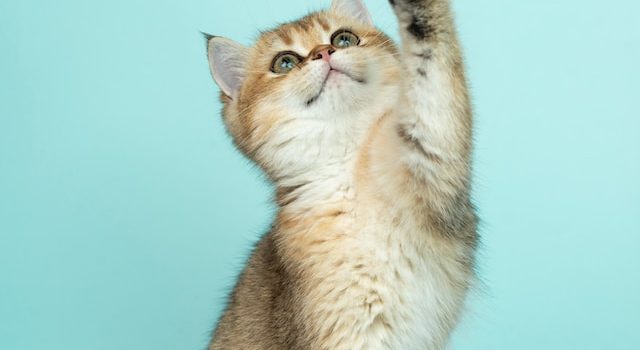
Introduction: The issue of cat overpopulation continues to pose challenges worldwide, prompting the search for effective and humane methods of feline birth control. In recent years, innovative approaches to cat contraception have emerged, offering promising solutions to address this pressing problem. In this article, we delve into the latest advancements in feline birth control and the potential impact they may have on curbing cat overpopulation.
The Scope of the Problem: The staggering number of stray and feral cats highlights the urgency of finding viable contraceptive options. Traditional methods such as surgical sterilization and chemical contraceptives have limitations, including high costs, potential health risks, and limited accessibility. As a result, scientists and researchers are exploring alternative approaches to feline birth control.
Non-Surgical Contraceptive Options: Advancements in veterinary science have paved the way for non-surgical contraceptive options for cats. One such method involves the use of hormone-based contraceptives. These contraceptives can be administered orally or through injections, temporarily inhibiting fertility. While these options offer convenience, they require careful monitoring and may come with potential side effects.
Innovative Techniques: Gene Therapy: Another revolutionary approach being explored is gene therapy for feline birth control. By selectively modifying specific reproductive genes, scientists aim to disrupt the normal reproductive process in cats. This technique, still in the early stages of development, holds immense promise for offering a targeted and non-invasive method of contraception.
The Potential of Gene Editing: Advances in gene editing technologies, such as CRISPR-Cas9, offer a potential breakthrough in feline birth control. Gene editing allows scientists to precisely modify DNA sequences, including those responsible for reproduction. Although still in the experimental stage, this technique could provide a long-term and heritable solution to feline contraception. However, extensive research, safety evaluations, and regulatory approvals are required before its practical implementation.
Considerations and Challenges: While innovative contraceptive methods for cats show promise, there are several considerations and challenges to address. Ethical concerns surrounding genetic manipulation and the potential long-term effects of these interventions require careful consideration. The need for affordable and accessible options, as well as public acceptance and education, are crucial elements in implementing successful feline contraception programs.
Collaboration and Public Engagement: Developing effective contraceptive methods for cats requires collaboration between scientists, veterinarians, animal welfare organizations, and the public. Public engagement is essential in raising awareness about the importance of responsible cat ownership, including the need for contraception. Educating cat owners about the available options and their benefits can contribute to reducing cat overpopulation and improving the welfare of feline populations.
The Role of Legislation and Policy: Legislation and policy play a vital role in promoting responsible cat ownership and controlling cat populations. Governments and local authorities can implement mandatory spay/neuter programs, incentivize the use of non-surgical contraceptives, and provide support for research and development of innovative contraceptive methods. An integrated approach involving legislation, public outreach, and veterinary care can have a significant impact on reducing cat overpopulation.
Conclusion: As the issue of cat overpopulation persists, innovative approaches to feline contraception offer hope for a more sustainable future. Non-surgical methods, such as hormone-based contraceptives, provide temporary solutions, while gene therapy and gene editing hold the promise of long-term and heritable contraception. Collaboration, public engagement, and supportive legislation are essential in implementing effective feline birth control programs. By embracing these innovative strategies, we can work towards a future where cat overpopulation becomes a thing of the past, ensuring the well-being of both cats and humans alike.










